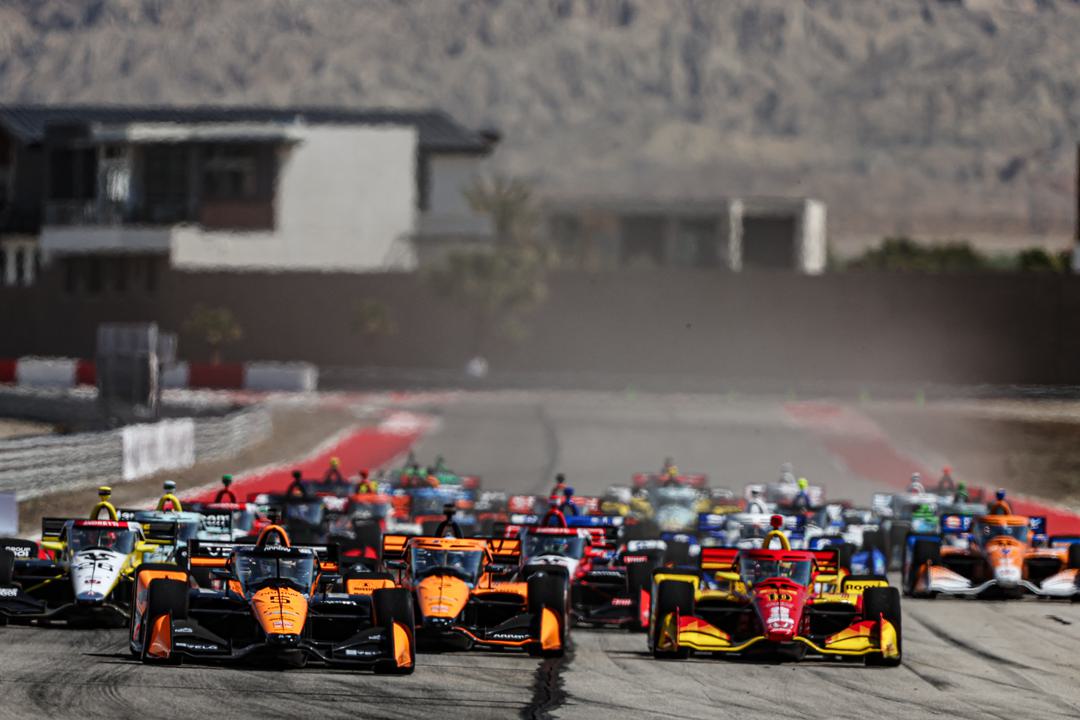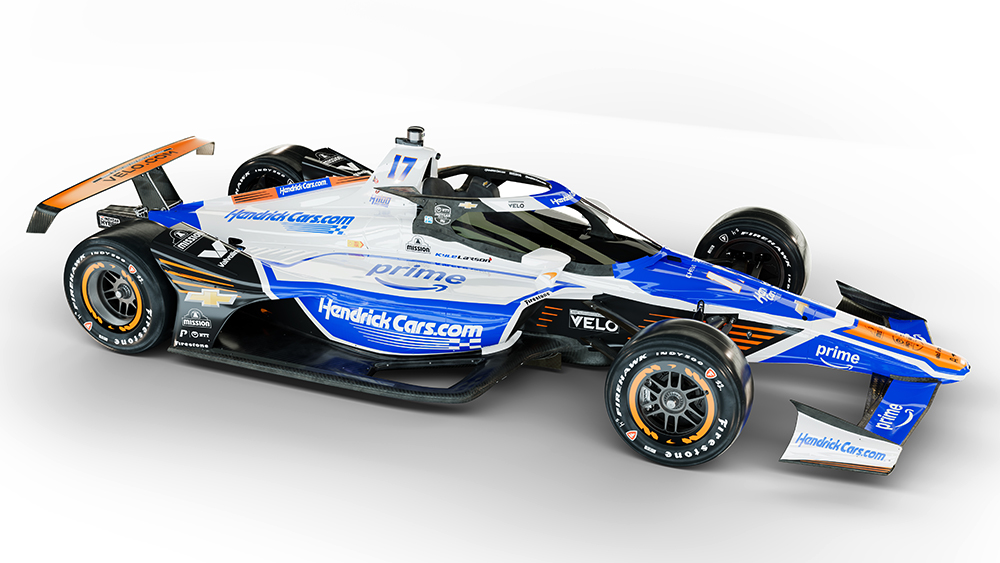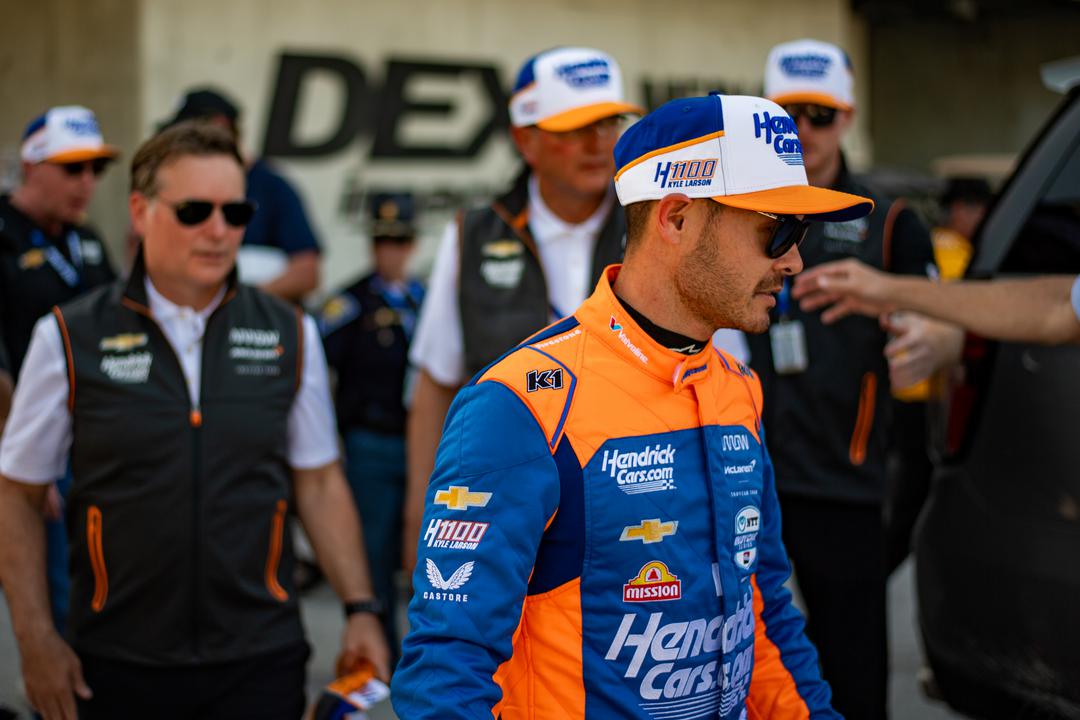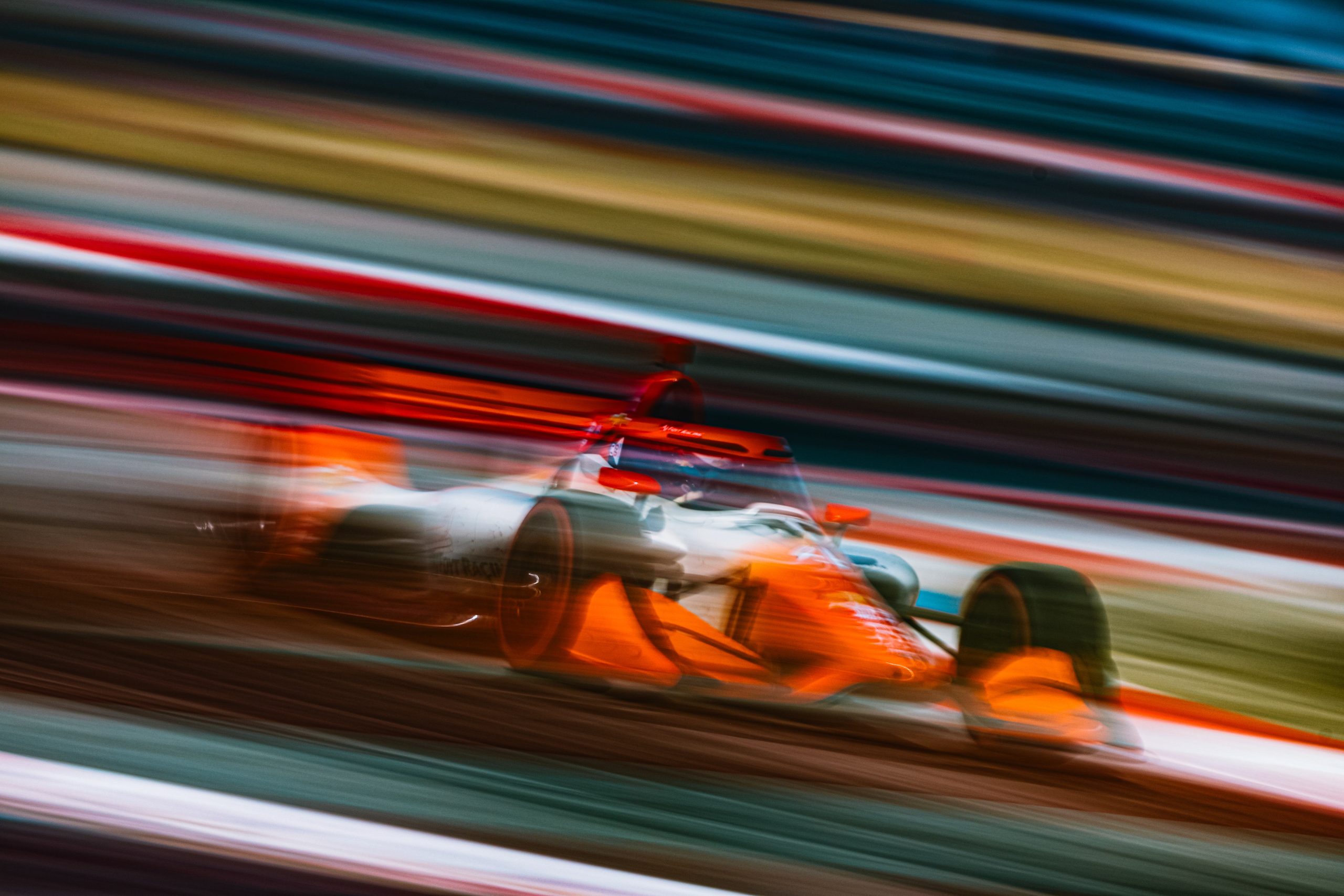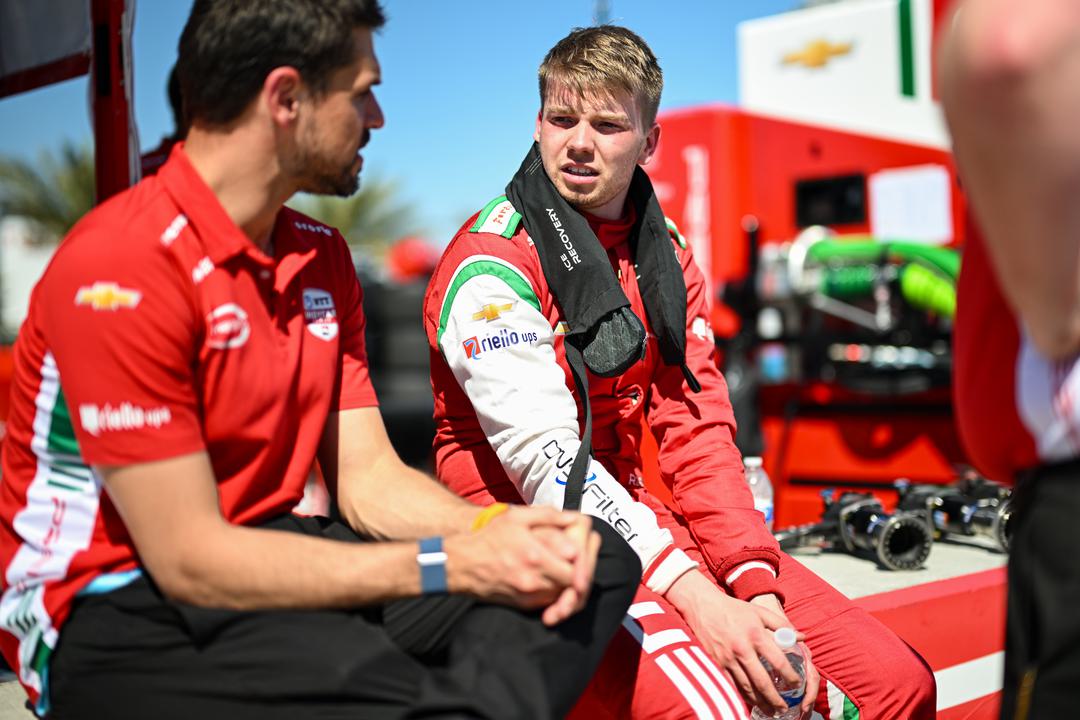IndyCar
INDYCAR to Honor Southern California Wildfire First Responders at 50th Acura Grand Prix of Long Beach
INDYCAR will pay tribute to the brave first responders who battled the Southern California wildfires this past January during this weekend’s milestone 50th running of…
Kirk Dooley to Lead INDY NXT
Veteran racing industry executive Kirk Dooley has been named as director of INDY NXT by Firestone, INDYCAR officials announced Monday. Dooley will oversee all operations…
Scandinavians Invading IndyCar
In recent years, the NTT IndyCar Series has witnessed a significant influx of Scandinavian talent, with drivers from Sweden and Denmark making remarkable strides in…
The Challenges of Transitioning from Indy NXT to IndyCar
The world of American open-wheel racing is a ladder system designed to identify, develop, and promote talent. At the pinnacle is the NTT IndyCar Series,…
Indianapolis Motor Speedway Museum Reopens
The Indianapolis Motor Speedway Museum is open to the public after the completion of its $60.5 million, 17-month renovation, its first significant renovation in 40…
Kyle Larson’s Indianapolis 500 Livery Unveiled
Kyle Larson’s second quest to complete “The Double” reached an important step April 2 when Arrow McLaren and Hendrick Motorsports unveiled the livery for the…
Prime Video To Film Kyle Larson ‘Double’ Documentary
Amazon’s Prime Video will serve as presenting sponsor of Kyle Larson’s May 25 attempt to complete two of auto racing’s crown jewel events in a…
David Malukas Tunes Foyt’s No. 4 for Glory: ‘We’re Getting So Much Closer’
David Malukas took a bold step this offseason, joining AJ Foyt Racing—a team steeped in motorsport legend A.J. Foyt’s legacy. For the 23-year-old, it’s a…
How Many Miles Per Gallon Does An IndyCar Get?
IndyCars, the high-performance vehicles competing in the NTT IndyCar Series, typically achieve around 4 miles per gallon (mpg) during races, prioritizing speed and power over…
Robert Shwartzman Receives Thermal GP Penalty
INDYCAR has announced a penalty for the entry of (No. 83) Robert Shwartzman PREMA Racing from The Thermal Club INDYCAR Grand Prix on Sunday, March…




